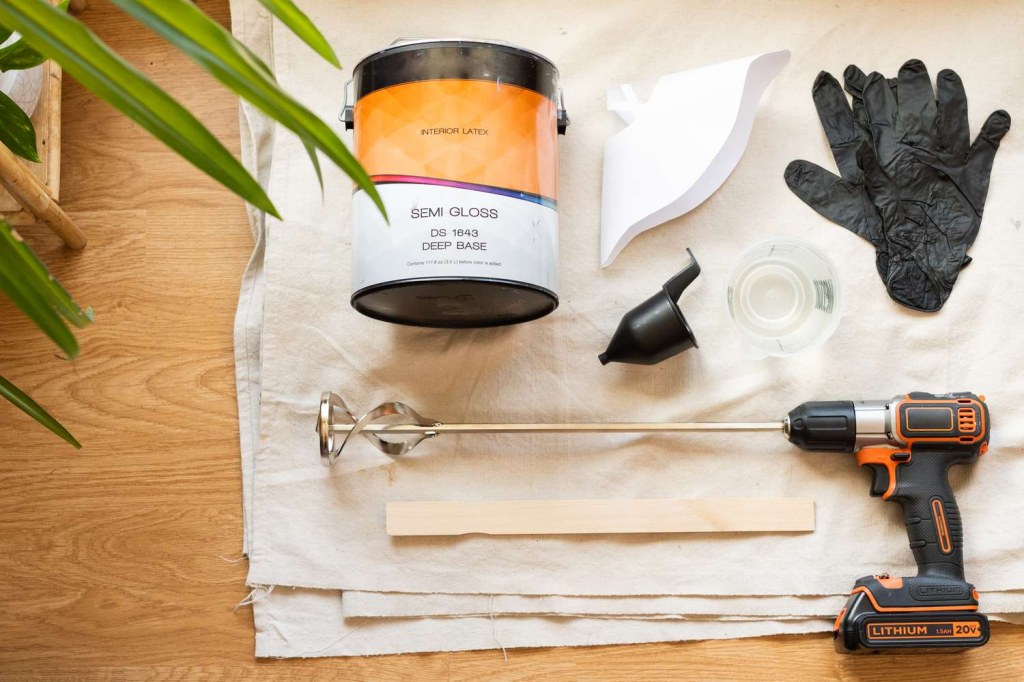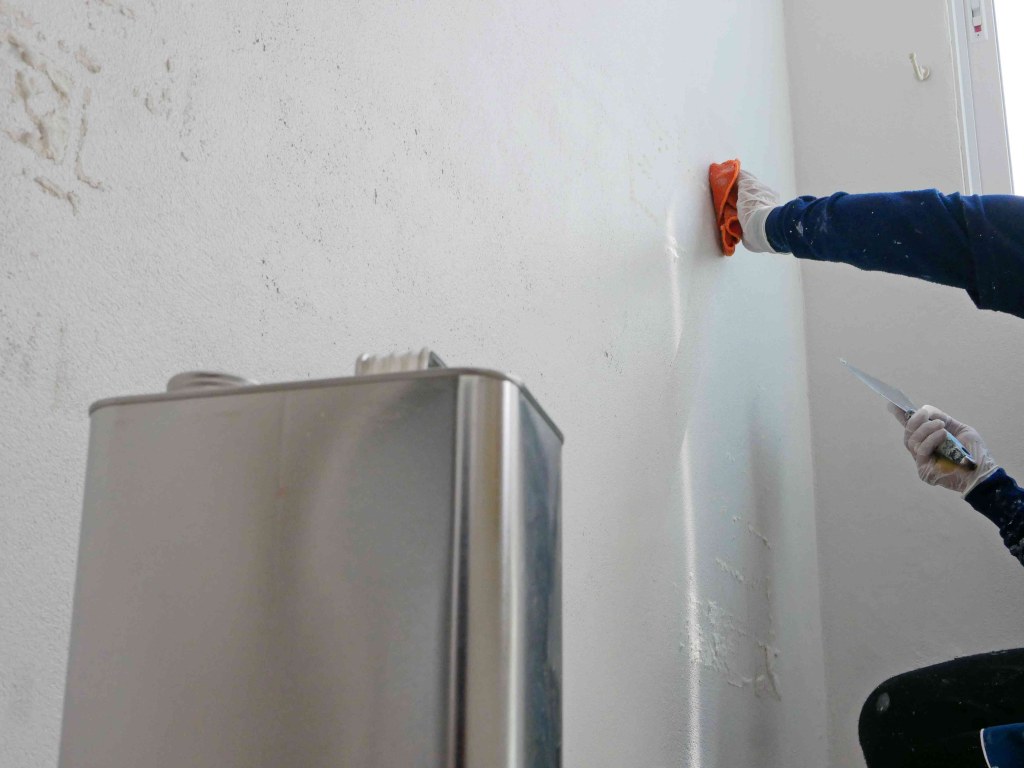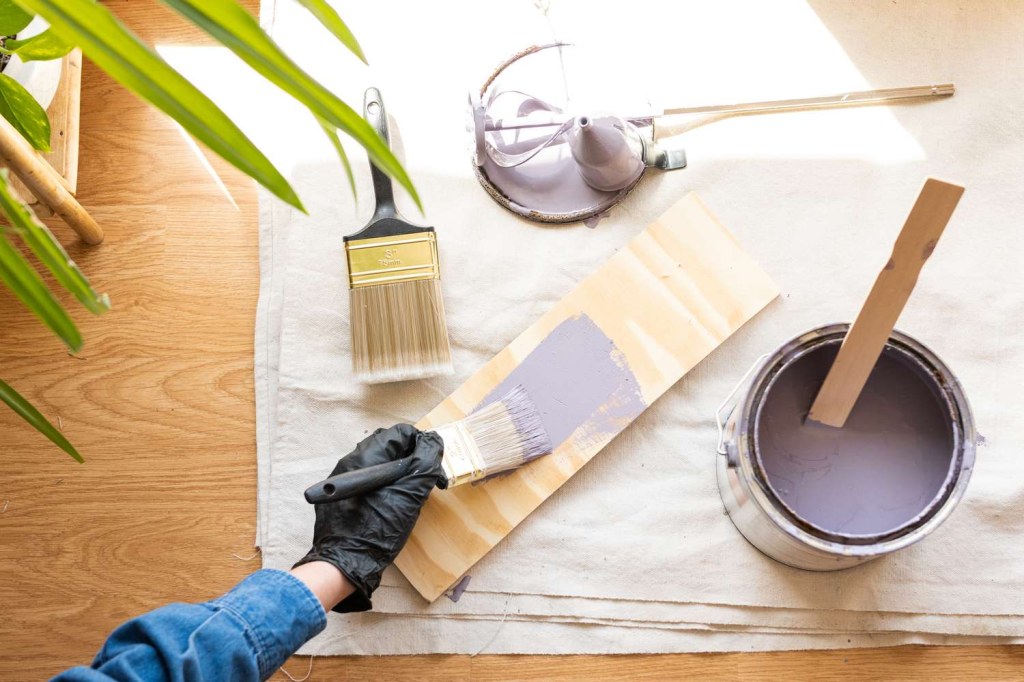The Ultimate Guide: How To Thin House Paint For A Flawless Finish – Take Action Now!
How to Thin House Paint: A Comprehensive Guide for Home Improvement Enthusiasts
Welcome, Home Lover! Are you ready to embark on a painting project and give your house a fresh, new look? One crucial step in achieving a flawless paint job is thinning the house paint properly. In this article, we will guide you through the process of thinning house paint effectively, ensuring that you achieve the desired results. Whether you are a seasoned DIY enthusiast or a beginner, this guide will equip you with the knowledge and techniques needed to thin house paint like a professional. Let’s dive in!
Introduction
Before we delve into the nitty-gritty of thinning house paint, let’s first understand what it means and why it is necessary. Thinning house paint refers to the process of adding a suitable thinner to the paint mixture to improve its consistency and spreadability. This technique is especially useful when dealing with thick or old paint that requires a smoother application. By thinning the paint, you can achieve a more even and professional finish on your walls, furniture, or any surface you plan to paint.
3 Picture Gallery: The Ultimate Guide: How To Thin House Paint For A Flawless Finish – Take Action Now!



Now, let’s explore the important aspects of thinning house paint:
1. What is Thinning House Paint?

Image Source: thespruce.com
Thinning house paint involves adding a compatible thinner to the paint mixture to achieve the desired consistency. The thinner acts as a solvent, reducing the thickness of the paint and making it easier to apply. It is essential to choose the right type and amount of thinner for optimal results.
2. Who Should Thin House Paint?
Anyone who intends to paint their house can benefit from thinning house paint. Whether you are a homeowner, a DIY enthusiast, or a professional painter, mastering the art of thinning paint can greatly enhance the quality of your paint job.
3. When Should You Thin House Paint?

Image Source: thespruce.com
Thinning house paint is necessary when you encounter paint that is too thick or has become lumpy over time. It is also recommended when using spray guns or applying paint in hot weather conditions, as thinning the paint ensures easier application and smoother results.
4. Where Should You Thin House Paint?
You can thin house paint in a well-ventilated area, such as an open garage or a backyard. It is important to choose a location away from flammable materials and ensure proper ventilation to avoid inhaling fumes.
5. Why Should You Thin House Paint?

Image Source: thespruce.com
Thinning house paint offers several benefits, including smoother application, improved coverage, and enhanced drying time. It also helps prevent brush marks and roller marks, resulting in a more professional-looking finish.
6. How to Thin House Paint?
The process of thinning house paint involves a few simple steps:
Start by selecting the appropriate thinner for the type of paint you are using. Different paint types require specific thinners, so consult the paint manufacturer’s instructions or seek professional advice.
Pour the desired amount of paint into a clean container. It is important to work with small batches to avoid wasting paint.
Add the thinner gradually to the paint, stirring continuously. The amount of thinner needed will depend on the desired consistency and the manufacturer’s instructions.
Continue stirring until the paint and thinner are well-mixed. Ensure that there are no lumps or clumps remaining.
Test the consistency of the paint by using a paint stirrer or brush. If the paint easily flows off the stirrer or brush without leaving visible marks, it is properly thinned.
If the paint is still too thick, add a small amount of thinner and repeat the stirring process until the desired consistency is achieved.
Once the paint is properly thinned, it is ready for application. Remember to follow the manufacturer’s instructions for application techniques and drying times.
Advantages and Disadvantages of Thinning House Paint
Thinning house paint offers several advantages and disadvantages to consider:
Advantages:
Improved coverage: Thinning the paint allows for better coverage, especially when dealing with porous or uneven surfaces.
Smooth application: Thinned paint spreads more evenly, resulting in a smoother finish without brush or roller marks.
Enhanced drying time: Thinned paint dries faster, reducing the waiting time between coats and allowing for quicker project completion.
Disadvantages:
Reduced color intensity: Thinning the paint may affect the color intensity, requiring additional coats for a vibrant finish.
Potential for over-thinning: Adding too much thinner can negatively impact the paint’s coverage and durability, leading to a less durable finish.
Frequently Asked Questions
1. Can I use water as a thinner for house paint?
No, water is not recommended as a thinner for oil-based paints. Water-based paints, on the other hand, can be thinned with water or a specific water-based thinner.
2. How can I determine the right amount of thinner to add?
It is best to refer to the paint manufacturer’s instructions for the recommended amount of thinner. Additionally, you can perform a viscosity test by using a viscosity cup to ensure the paint flows smoothly.
3. Can I thin latex paint with mineral spirits?
No, mineral spirits are not suitable for thinning latex paint. Latex paint should be thinned using water or a water-based thinner.
4. What safety precautions should I take when thinning house paint?
When thinning house paint, it is essential to wear protective goggles, gloves, and a mask to prevent inhalation of fumes or contact with the skin. Ensure proper ventilation in the painting area and keep open flames or sparks away from the paint and thinner mixture.
5. Can I store thinned paint for future use?
Thinned paint should be used immediately or within a short period. It is not recommended to store thinned paint for an extended period, as it may dry out or lose its effectiveness.
Conclusion
Thinning house paint is a crucial step in achieving a flawless and professional-looking paint job. By following the proper techniques and using the appropriate thinner, you can enhance the consistency, spreadability, and overall quality of your paint. Remember to always refer to the paint manufacturer’s instructions and take necessary safety precautions when working with paint and thinners. Now that you have learned how to thin house paint like a pro, it’s time to grab your brush and transform your living space with a fresh coat of paint!
Final Remarks
Thinning house paint can be a rewarding process when done correctly. However, it is essential to exercise caution and follow the necessary safety guidelines to ensure a successful and safe painting experience. Remember to dispose of any leftover paint and thinner responsibly, following local regulations. Happy painting and enjoy the transformation of your beloved home!
This post topic: Paint



